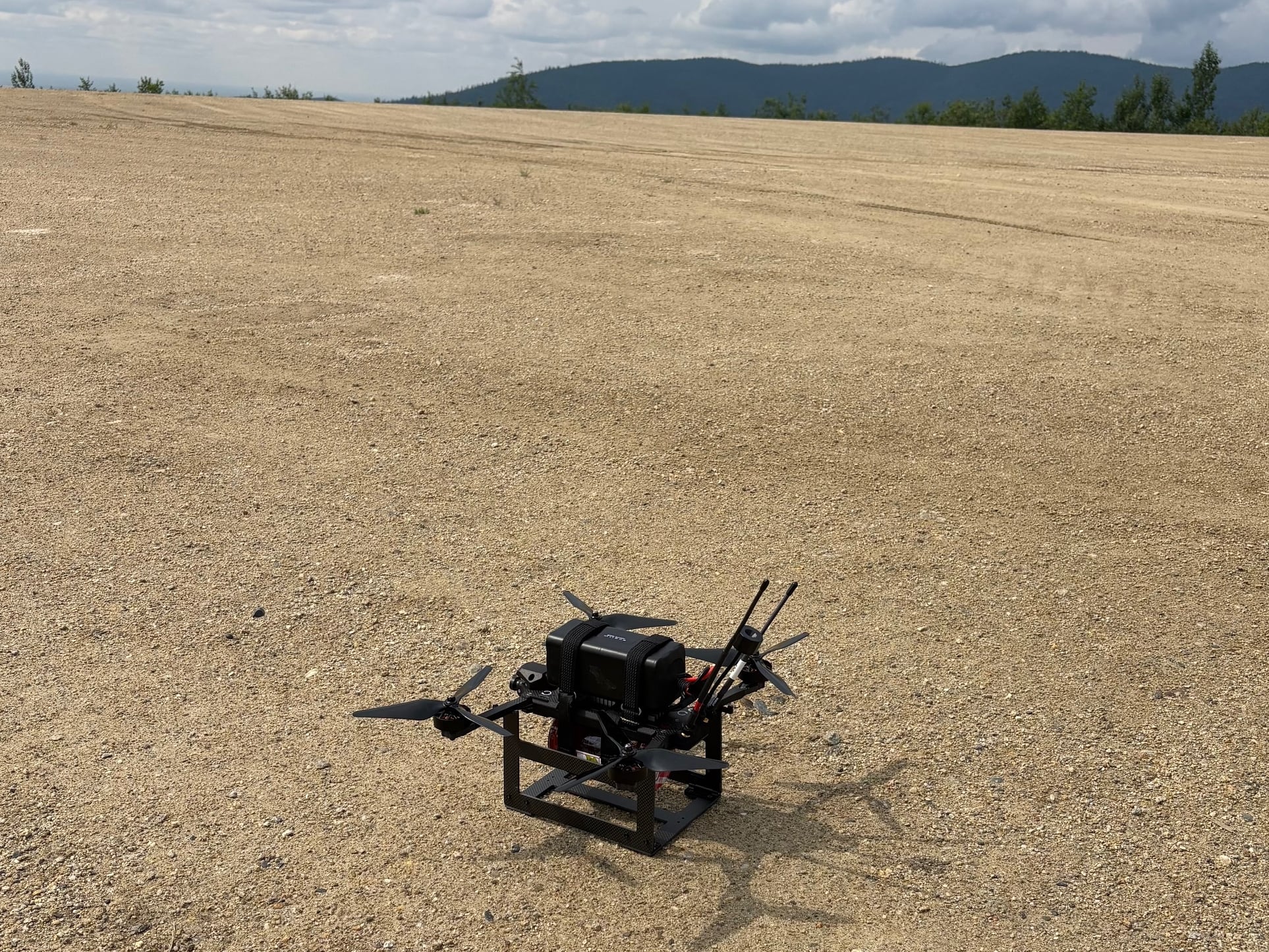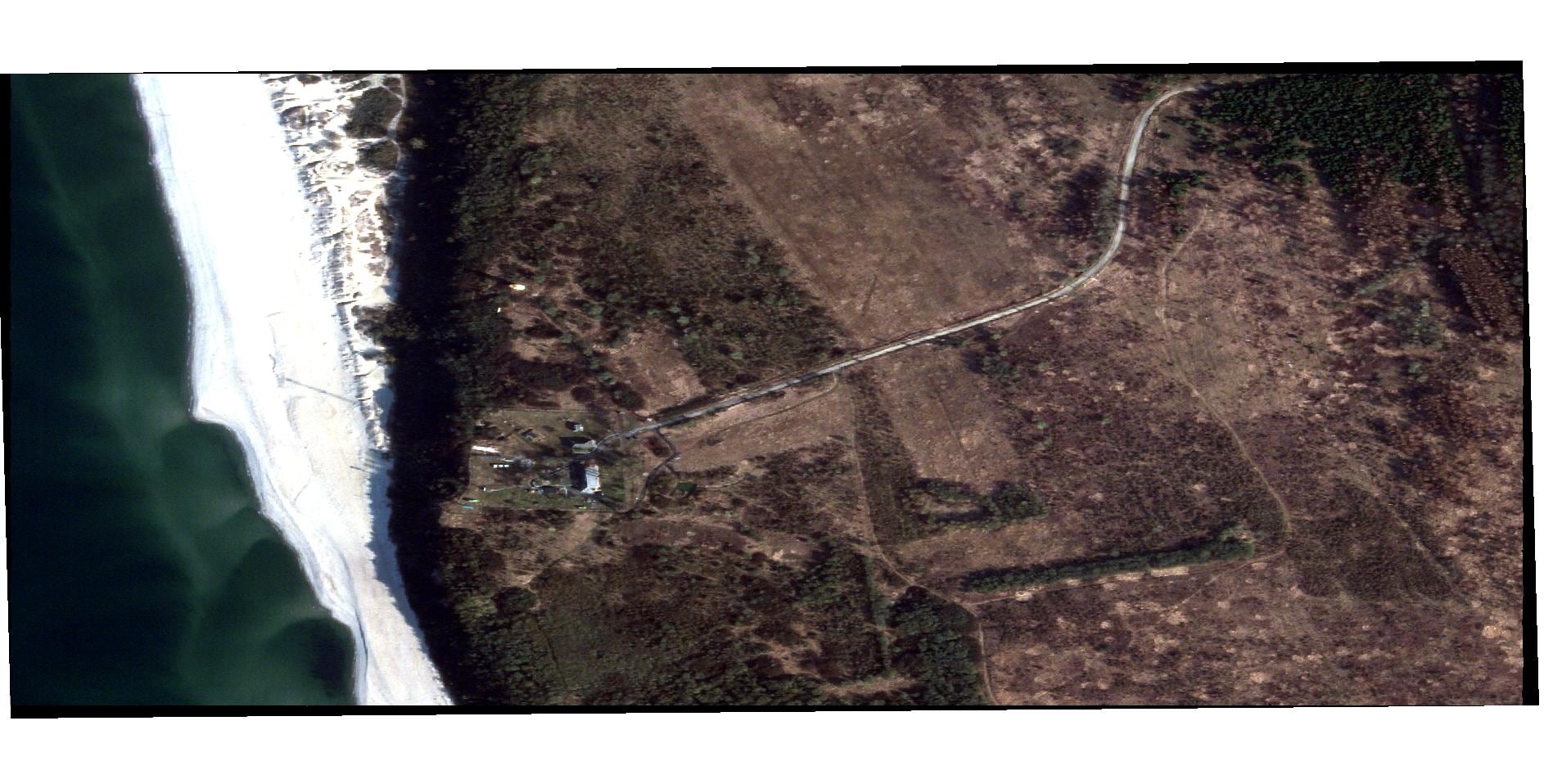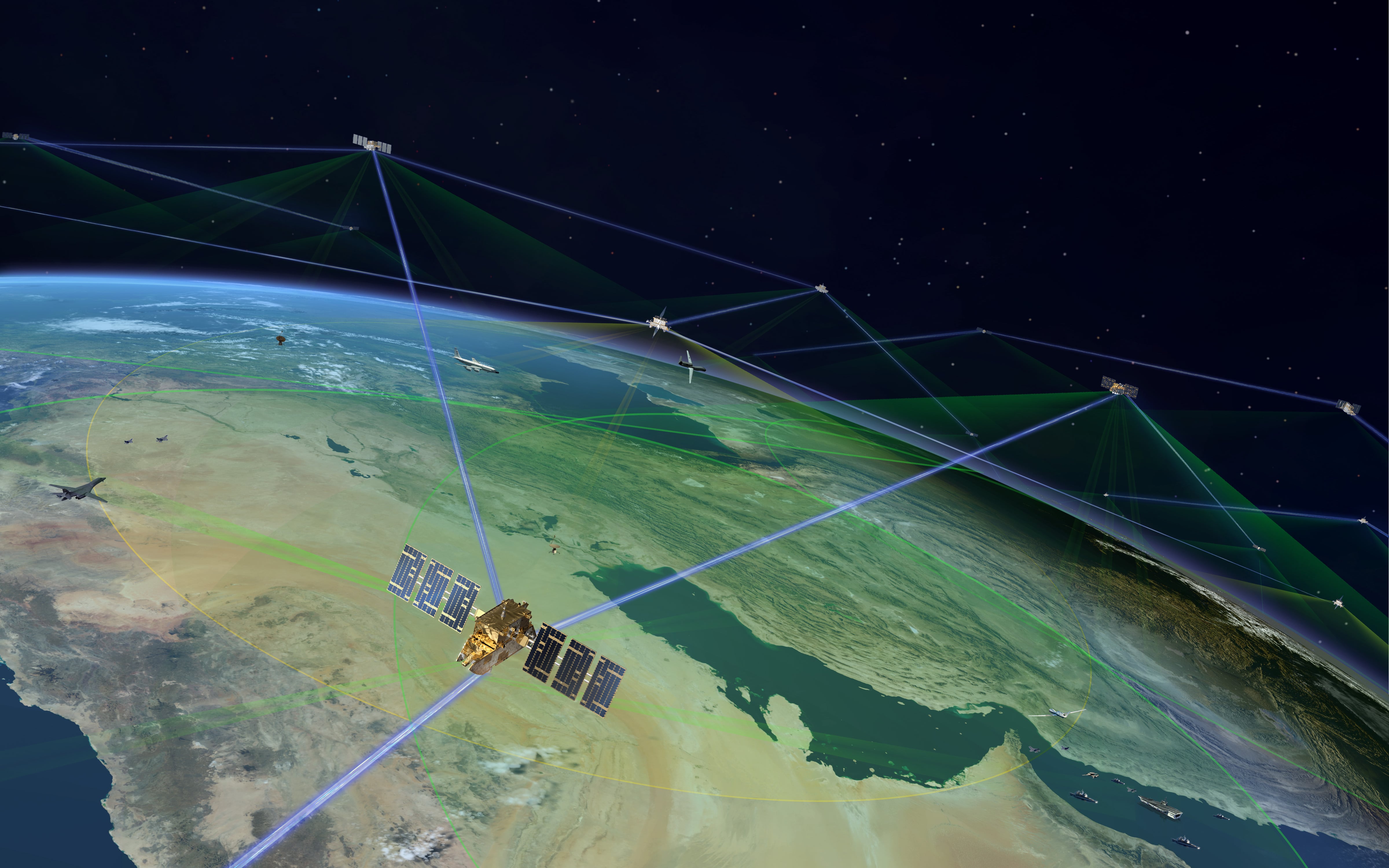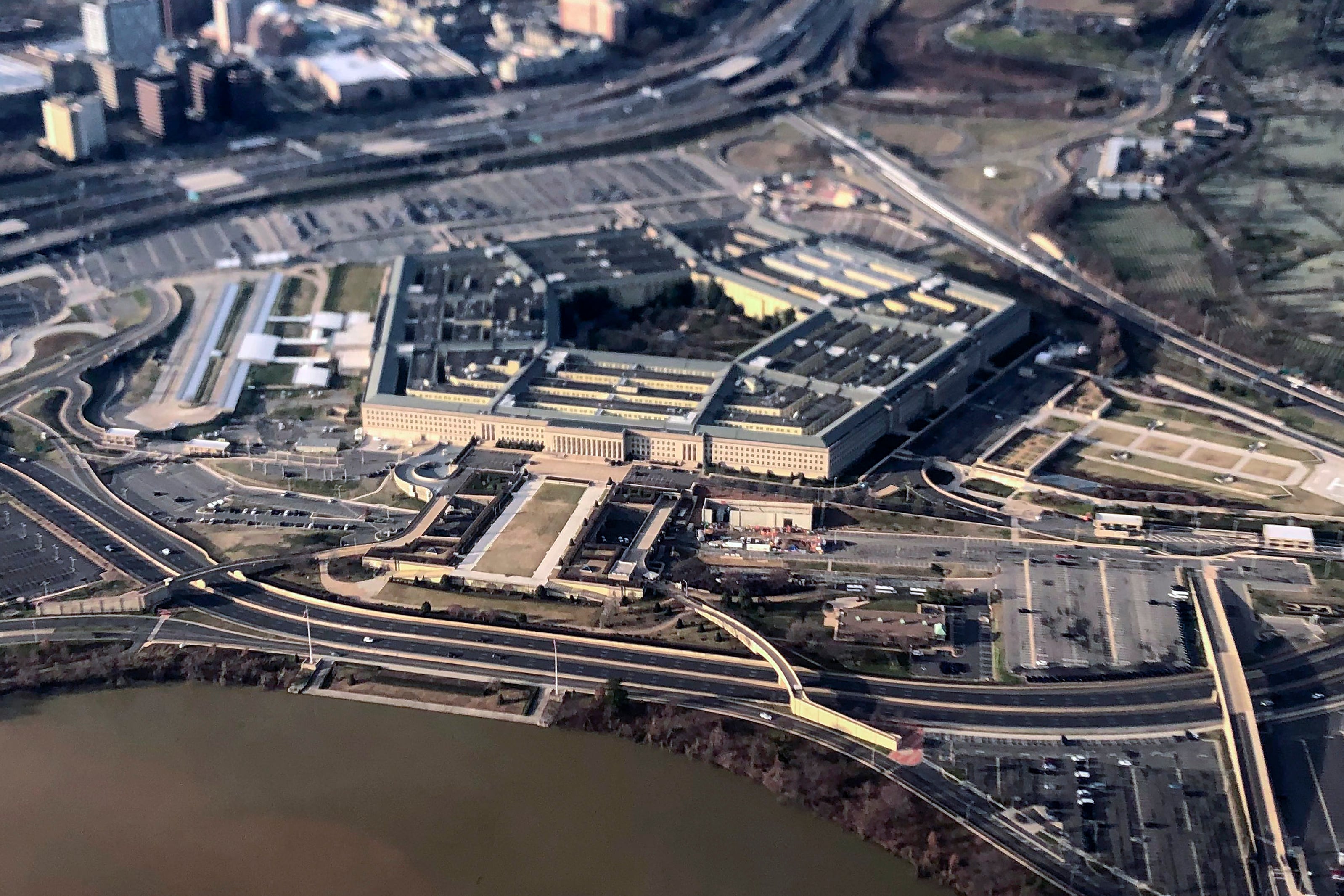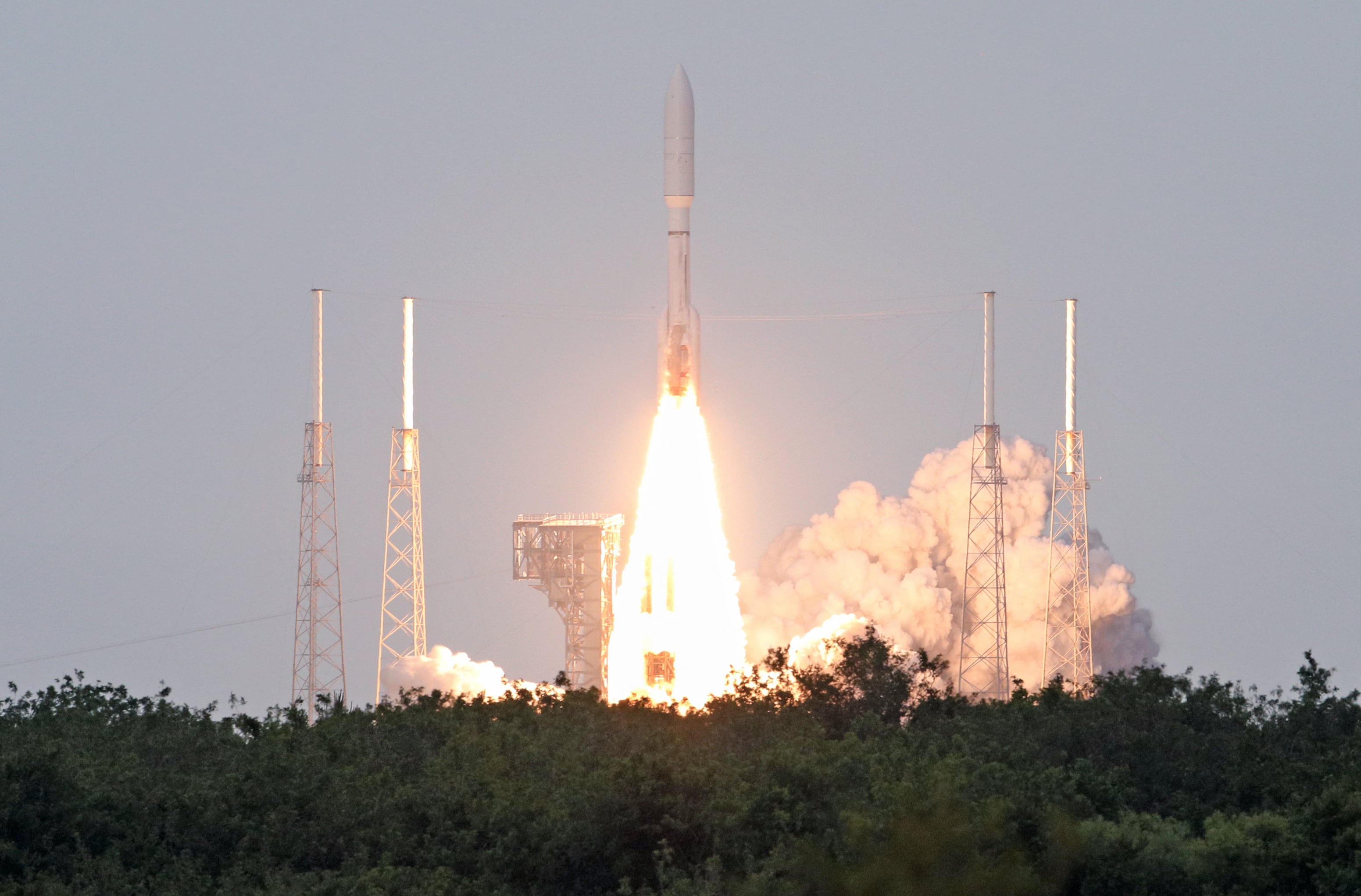Following the drone strike the killed Iranian Maj. Gen. Qassem Soleimani in early January, one top military leader said a retaliatory cyberthreat has become more dynamic.
Gregg Kendrick, executive director of Marine Corps Forces Cyberspace Command, said that the Iranian regime will likely have to demonstrate to their people that they are still doing something for the drone strike, even if externally they deny any operations.
The Iranians will also likely need to help their economy, Kendrick said at a Feb. 4 event hosted by the Institute for Critical Infrastructure Technology. This means they’ll likely target the energy sector to drive up the price of oil to help their illicit oil sales.
Additionally, other actors may take advantage of the renewed U.S.-Iran rift.
“It might not be Iran, but I do think [Russia’s president Vladimir] Putin — he’s a wily cat and an enemy of us — and/or Xi [Jinping, China’s president], who is a long thinker, or some criminal element ... [someone] will use Iranian infrastructure and/or tools,” Kendrick said. “Because that opening is there and we’re all expecting something from Iran.”
Other analysts in the private sector have pointed to similar assessments, even indicating that the Russians have hijacked Iranian infrastructure for operations in the past.
A fourth element that has changed since Soleimani’s death is potentially less control of proxy forces. Kendrick said that the Iranian government has demonstrated strategic patience in the past, but its proxies may not and businesses should tune their sensors to that reality.
Soleimani had a lot of “gravitas and character” with these proxy forces, which Kendrick said his successor might not posses as much of. Thus, such proxy forces might not be as contained or as controlled by the Iranian government in times of crisis or pressure as they would have been while Soleimani was alive.
Mark Pomerleau is a reporter for C4ISRNET, covering information warfare and cyberspace.
More In
